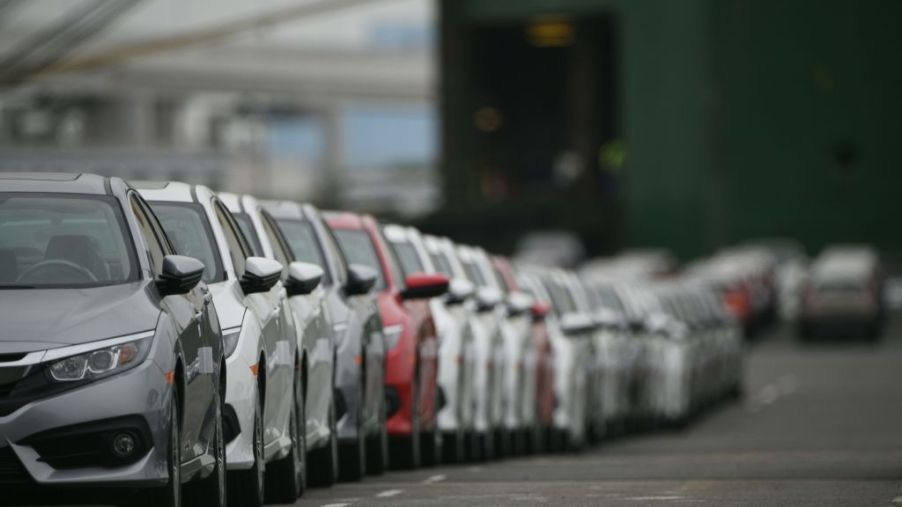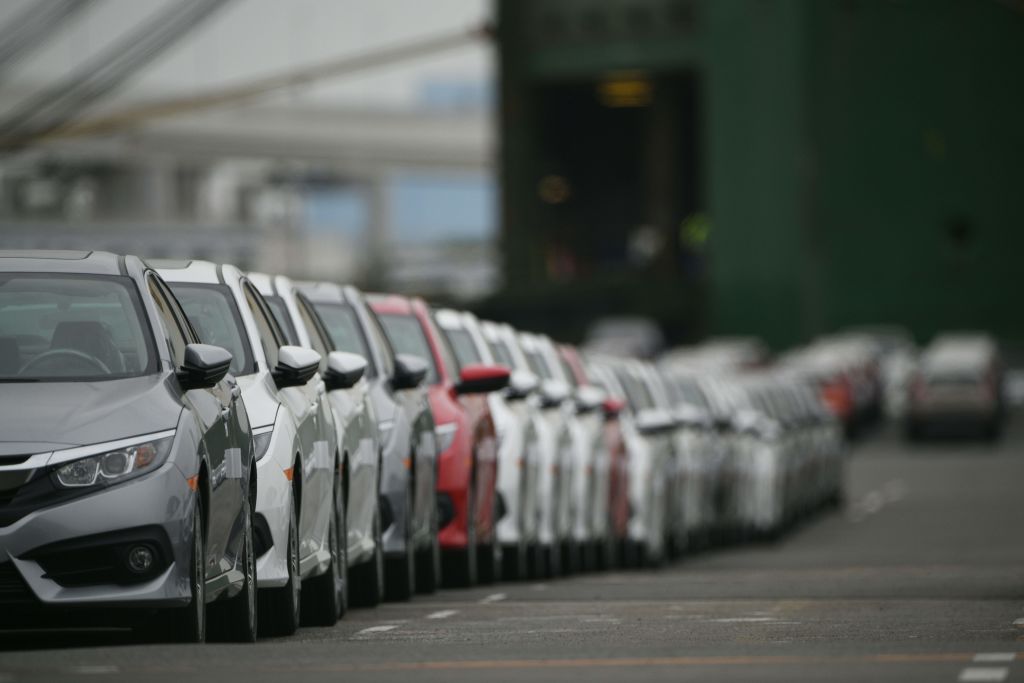
The Worst Honda Civic Model Year You Should Never Buy
It feels like the Honda Civic has been around forever, and yet it still continues to be a consumer favorite. In August, it broke its all-time record for sales in a single month. The Civic also holds the title of being the most stolen sedan, especially if it’s from 2017.
The current Civic has many modern upgrades, including Honda Sensing and available smartphone integration. It’s also a great car to buy on the used market. However, if you’re buying one from before 2010, you may want to be aware of some common problems. It may even be better for you to avoid one model year altogether.
What’s the worst Honda Civic model?

According to CarComplaints, Honda Civic models from 2001 were found to have the most reported issues. The most severe of these was transmission problems. Drivers experienced the Civic’s transmission slipping, failing to engage, jerking, and popping out of gear. In some cases, drivers experienced a total loss of power while driving.
Many customers had to have the transmission entirely replaced. New transmissions definitely aren’t cheap, costing an average of $2,330. Some ended up paying as much as $4,000 with added labor costs. Despite the high volume of complaints, Honda did not offer to reimburse customers for the repairs.
2001 recalls
The 2001 Honda Civic has also received 27 recalls over the course of its life. In 2015, over six million vehicles were recalled over the driver’s airbag. These were the infamous Takata airbags that sent sharp metal fragments flying towards drivers when activated. The incident brought lawsuits to many other automakers, including Ford, Toyota, and Subaru.
Later that year, three million more Civic models were recalled over metal fragments in the passenger-side airbags. The problem was thought to be fixed until two more airbag recalls were issued last year. The replacement inflator was prone to rupturing in certain vehicles, which would result in more flying shrapnel. These two recalls affected nearly three million cars altogether.
Other problem years
Transmission problems were also reported in 2002 Honda Civic models, but with much less frequency. Models from 2006 had troublingly high reports of cracked engine blocks. To replace the Civic’s engine, drivers had to pay nearly $3,000. Thankfully, most of these issues were covered by the Civic’s 10-year warranty.
Complaints lessened in 2007-2010, with the biggest issues being strictly cosmetic. Some drivers reported poor paint quality and increased oxidation. In this last decade, complaints about the Civic dropped to almost nothing.
However, there has been a recent spike in complaints about 2016 models. The complaints are mostly related to the car’s infotainment features. Many reported that both their Bluetooth and USB ports stopped working at random intervals.
Thankfully, these issues can be fixed by simply rebooting the audio system or restarting the connected phone. The Civic’s infotainment software can also be updated at no charge. Still, most drivers found the problem to be frustrating since it happened so often.
More 2016 issues
Other drivers also reported that the air conditioning unit stopped working after just 36,000 miles. Either the condenser, compressor, or both had to be replaced to fix the problem. The condenser is covered under Honda’s unlimited warranty, but many reported that it still malfunctions after multiple repairs. A new compressor costs around $1,800.
You’ve heard of spiders in Mazdas, but how about rats in Hondas? Some drivers experienced multiple electrical issues thanks to rodents chewing through the car’s wires. The wires were manufactured with a soy-based coating, which attracted mice and rats. However, since the rodents weren’t inhabiting the car to begin with, no recall was issued. Drivers usually had to pay around $840 to replaced the damaged wires and coils.



